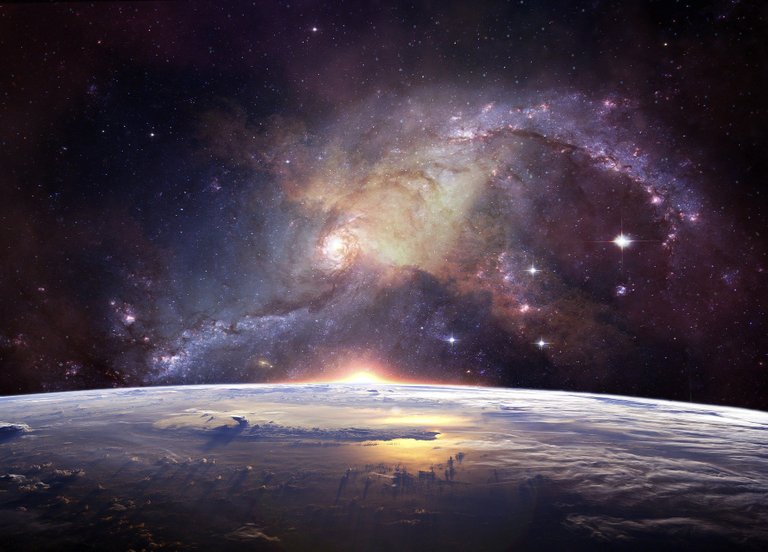Reverse Engineering Of The Milky Way Released The Kraken
An AI analyzed the evolution of the merging of the Milky Way with other smaller galaxies. And it released the Kraken. It seems that billions of years ago our galaxy collided with a mysterious galaxy that was named Kraken. It was the roughest event in the history of the Milky Way.

Image by Lumina Obscura from Pixabay
- Be also sure to check out my other posts and follow me @kralizec and subscribe to my Youtube channel at Kralizec Gaming Youtube Channel
We know that galaxies aren’t being created the way they look to us. Over billions of years, they grow and form through galactic cannibalism – collisions and mergers of galaxies. But the history of our own galaxy used to quite unclear. Mostly because it is easier to study things from the outside than from the inside. Nonetheless, if you put in the work, it can be done.
Astrophysicist Diederik Kruijssen from the Zentrum für Astronomie der Universität Heidelberg (ZAH) in Germany and his team are the first to create a lineage for the Milky Way. The key to success was the analysis of the properties of spherical star-clusters in the Milky Way. And as it tends to be the case nowadays, they did get some help. The very complicated analysis was provided by the artificial intelligence.
Spherical star-clusters are incredible objects that can hold up to a million stars. They tend to be old. Almost as old as the Universe itself. We have discovered slightly over 150 spherical star-clusters in the Milky Way. And we do know that many of them were originally created in smaller galaxies that merged with the Milky Way. For some time, astronomers thought that we could use them sort of as “fossils” that would allow us to look at how galaxies – including the Milky Way – evolved. And now they finally did it.
The researchers developed an advanced simulation of the evolution of galaxies similar to the Milky Way. This system called E-MOSAICS is unique because it includes a complete model of the creation, evolution, and death of the spherical star-clusters. In these simulations, the researchers connected the age, chemical makeup, and movement of the star clusters in the Milky Way with the properties of ancient galaxies in which these star-clusters were born in. From these simulations, they derived how the ancient galaxies looked like and how they became victims to the Milky Way.
The hardest was to derive the history of how galaxies merged. This is an incredibly complex thing and from what we know such a merger usually really tangles up the orbits of the clusters. And that’s where the AI came to help. First, it was well trained on tenths of thousands of E-MOSAICS’ simulations and then it went to work. The scientists were then pleasantly surprised about how precisely the AI reconstructs the lineages of simulated galaxies based purely on the knowledge about the star-clusters.
So, as it seemed the AI works well, it was to time feed it with real data. And that’s when the Kraken was released. Kraken is a mysterious galaxy that long ago collided and merged with the Milky Way. According to Kruijssen the collisions with Kraken was the roughest event in the evolutionary history of the Milky Way. It happened more than 11 billion years ago. The Universe was still young and the Milky Way was roughly 4 times smaller than it is now. The collision with Kraken dramatically changed the structure of the Milky Way.
When it comes to the overall history of the Milky Way… well… it was exciting and “bloody”. The Milky Way ate up roughly 5 galaxies with more than 100 million stars and roughly 15 galaxies with at least 10 million stars. And with better telescopes, we should be able to get even more precise data.
Sources:
- If you like the content I’m producing about science maybe you will like the content I produce about gaming as well! Be sure to check out my other posts!
Congratulations, @kralizec Your Post Got 100% Boost By @hiveupme Curator.
"Delegate To @hiveupme Curation Project & Earn 95% Curation Rewards"
Contact Us : CORE / VAULT Token Discord Channel or Join Us : UPMELINK Web Site